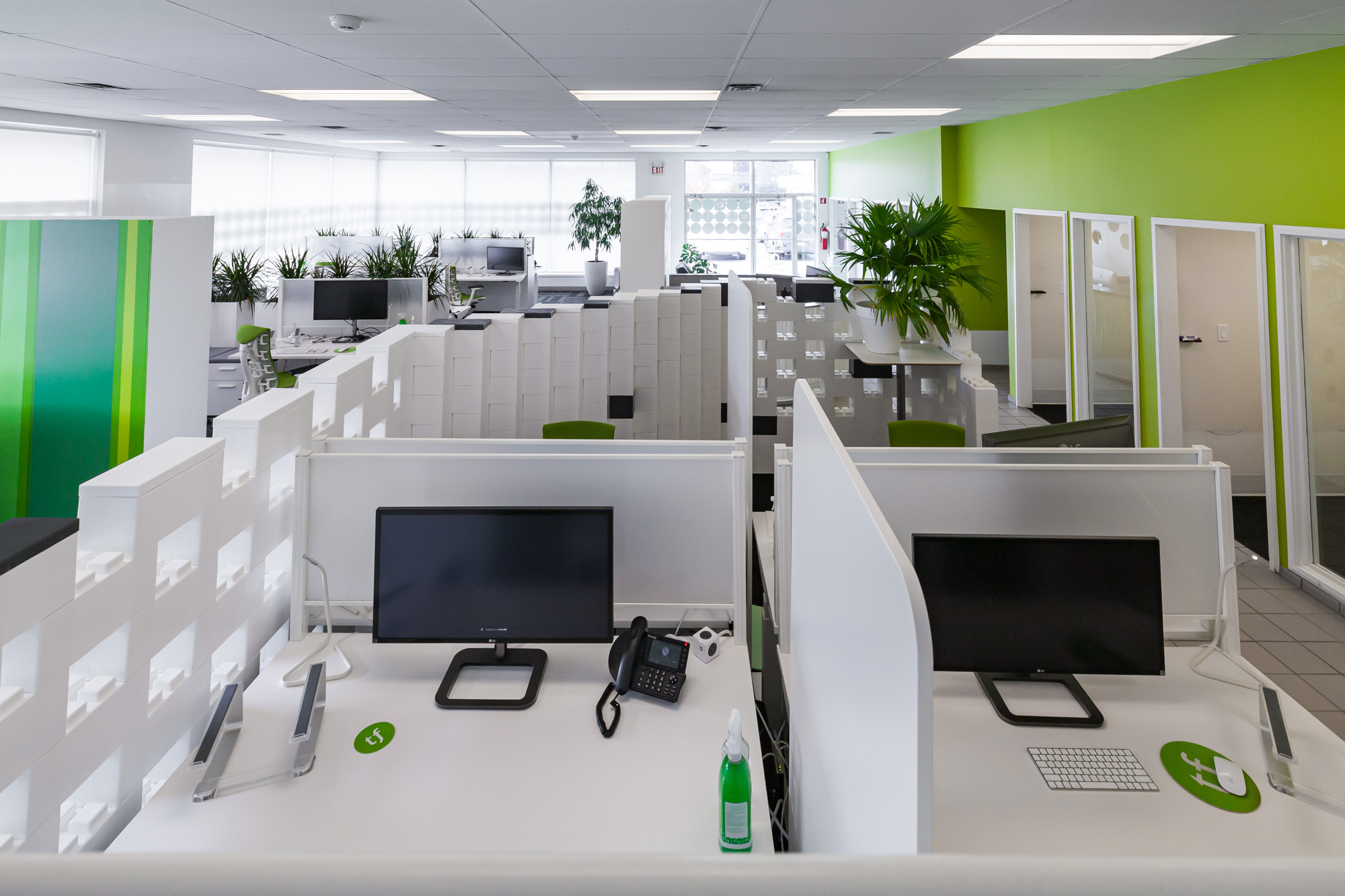Your office interior design is quietly burning money every single minute. Hidden behind walls and above ceiling tiles, mechanical, electrical, and plumbing systems work around the clock, consuming energy at rates that would shock most business owners. Poorly designed MEP Systems waste between 20% and 40% of total building energy, costing Canadian businesses millions annually in unnecessary utility expenses. Yet most companies treat these invisible networks as afterthoughts rather than strategic investments in operational efficiency.
Smart organizations understand that MEP Systems represent the nervous system of modern office design, controlling everything from air quality and lighting to water pressure and temperature regulation. When properly integrated with commercial interior design principles, these systems can reduce energy consumption by up to 40% while creating more comfortable, productive work environments. Professional office interior design teams who understand MEP coordination transform basic compliance requirements into competitive advantages through strategic energy management.
Understanding MEP Systems and Their Function in Office Interior Design
MEP Systems encompass the mechanical, electrical, and plumbing networks that provide essential services throughout commercial interior design projects. These integrated systems form the invisible infrastructure supporting every aspect of modern office design, from basic lighting and temperature control to advanced automation and security features. Professional office interior design teams must coordinate MEP Systems planning with aesthetic and functional requirements to create spaces that perform efficiently while meeting employee needs.
Mechanical systems within MEP Systems include heating, ventilation, and air conditioning components that maintain comfortable indoor environments. These systems consume the largest portion of building energy budgets, making their design critical for overall efficiency. When office interior design teams coordinate HVAC placement with furniture layouts and traffic patterns, the resulting systems operate more efficiently while providing consistent comfort throughout the workspace.
Electrical systems in MEP Systems encompass power distribution, lighting controls, and technology infrastructure that support modern office operations. Energy efficient electrical design can reduce consumption by 25% through strategic lighting placement, automated controls, and load balancing techniques. Professional commercial interior design teams understand how electrical system placement affects both functionality and aesthetics in office interior layouts.
Plumbing systems complete the MEP Systems framework by providing water supply, drainage, and waste management services. While plumbing typically represents the smallest energy component, efficient design reduces water heating costs and supports sustainable building practices. Office interior design projects that coordinate plumbing placement with kitchen areas and washroom locations create more efficient distribution networks.
Integration between MEP Systems and office furniture design requires careful coordination to avoid conflicts and optimize performance. Professional office interior designer teams understand how furniture placement affects air circulation, lighting effectiveness, and access to electrical services. When MEP Systems planning considers furniture requirements early in the design process, the results support both operational efficiency and employee productivity.
Advanced building automation systems increasingly connect MEP Systems components through digital networks that optimize energy consumption automatically. Modern office design incorporates smart sensors and controls that adjust lighting, temperature, and ventilation based on occupancy patterns and environmental conditions. Commercial interior design teams who understand these technologies create more responsive, efficient work environments.
Energy Savings Through Strategic MEP Systems Design
Smart HVAC Integration and Zone Control
Strategic HVAC design within MEP Systems frameworks creates substantial energy savings through precise temperature and ventilation control. Zone based systems allow different areas of office interior layouts to maintain optimal conditions without over conditioning unused spaces. Research demonstrates that properly designed zoning systems reduce HVAC energy consumption by 30% compared to traditional single zone approaches.
Variable air volume systems represent advanced HVAC technology that adjusts airflow based on actual demand rather than operating at constant capacity. When integrated thoughtfully into commercial interior design projects, these systems provide comfortable conditions while reducing energy waste. Professional office interior design teams coordinate VAV placement with ceiling systems and furniture arrangements to optimize air distribution patterns.
Heat recovery systems capture waste energy from exhaust air and use it to condition incoming fresh air, reducing overall HVAC energy requirements. Modern office design increasingly incorporates these technologies to meet sustainability goals while maintaining indoor air quality standards. Office interior designer professionals understand how heat recovery systems affect space planning and coordinate installation with other MEP Systems components.
Demand controlled ventilation adjusts fresh air introduction based on occupancy levels and air quality measurements rather than operating at fixed rates. This technology reduces energy consumption during low occupancy periods while ensuring adequate air quality when spaces are fully occupied. Commercial interior design teams that specify demand controlled systems create more responsive, efficient work environments.
Smart thermostats and building automation systems optimize HVAC performance through continuous monitoring and adjustment of operating parameters. These systems learn occupancy patterns and adjust temperature settings to minimize energy use while maintaining comfort. Office interior layouts designed to support smart building technologies create platforms for ongoing energy optimization.
Advanced Lighting Systems and Electrical Efficiency
LED lighting technology represents the foundation of efficient electrical design within MEP Systems, providing up to 75% energy savings compared to traditional fluorescent systems. Strategic lighting placement coordinated with office furniture design creates optimal illumination levels while minimizing energy consumption. Professional office interior design teams understand how lighting affects both energy costs and employee productivity.
Daylight harvesting systems automatically adjust artificial lighting based on available natural light, reducing electrical consumption during peak daylight hours. When coordinated with office interior layouts that maximize window access, these systems provide substantial energy savings. Commercial interior design projects that integrate daylight sensors with automated lighting controls create responsive, efficient illumination systems.
Occupancy sensors turn lights on and off based on space usage, eliminating energy waste in unoccupied areas. Advanced sensor systems distinguish between different types of occupancy and adjust lighting levels accordingly. Modern office design incorporates multiple sensor technologies to optimize lighting performance throughout different areas of office interior layouts.
Task lighting strategies provide focused illumination for specific work activities while reducing overall ambient lighting requirements. When office furniture design includes integrated task lighting, general lighting levels can be reduced significantly. Professional office interior designer teams coordinate task lighting placement with workstation design to optimize both energy efficiency and visual comfort.
Power management systems monitor and control electrical loads throughout MEP Systems networks, identifying opportunities for energy reduction. These systems can automatically shut down non essential equipment during off hours and optimize power distribution during peak usage periods. Commercial interior design projects that incorporate comprehensive power management create platforms for substantial energy savings.
Frequently Asked Questions (FAQ):
How do professional office interior design teams coordinate MEP Systems with furniture layouts to maximize energy efficiency?
Professional office interior design teams coordinate MEP Systems with furniture planning through integrated space planning that considers air circulation patterns, electrical load distribution, and lighting requirements simultaneously. They position office furniture design elements to support rather than obstruct HVAC airflow while ensuring adequate access to electrical services and natural light. Commercial interior design professionals use building information modeling to identify potential conflicts between MEP Systems and furniture placement before construction begins. This coordination prevents energy waste caused by blocked air vents, poor lighting distribution, or inefficient electrical routing that commonly occurs when MEP Systems and office interior layouts are planned separately.
What specific energy savings can businesses expect when investing in modern MEP Systems design for their office interior design projects?
Businesses investing in modern MEP Systems design can expect energy savings ranging from 20% to 40% depending on existing system efficiency and upgrade scope. HVAC improvements through zone control and variable air volume systems typically reduce heating and cooling costs by 30%, while LED lighting upgrades deliver up to 75% electrical savings. Smart building automation within MEP Systems provides additional 10% to 15% savings through continuous optimization. Commercial interior design projects that integrate these technologies with office interior layouts often achieve payback periods of three to five years through reduced utility costs, improved employee productivity, and enhanced property values.
How do MEP Systems integration requirements affect office furniture design selection and placement in modern office design projects?
MEP Systems integration significantly influences office furniture design selection by requiring consideration of power distribution, air circulation, and technology infrastructure needs. Professional office interior designer teams select furniture with integrated power management, wire management systems, and designs that support rather than obstruct HVAC airflow. Commercial interior design must accommodate MEP Systems access requirements for maintenance while maintaining aesthetic appeal and functionality. Office interior layouts need clear pathways for electrical conduits, adequate space around HVAC equipment, and furniture positioning that optimizes natural lighting integration with artificial systems. This coordination ensures MEP Systems operate efficiently while office furniture design supports both employee needs and energy conservation objectives.
Key Takeaways:
- MEP Systems coordination with commercial interior design can reduce building energy consumption by 20% to 40% through strategic planning and integration
- Professional office interior design teams who understand MEP Systems create more efficient workspaces that balance energy savings with employee comfort and productivity
- Zone based HVAC systems integrated into office interior layouts provide 30% greater energy efficiency compared to traditional single zone approaches
- LED lighting systems coordinated with modern office design principles deliver up to 75% energy savings while improving workplace illumination quality
- Smart building automation within MEP Systems enables continuous optimization of energy consumption through real time monitoring and automated adjustments
- Heat recovery and demand controlled ventilation technologies reduce HVAC energy requirements while maintaining indoor air quality standards
- Daylight harvesting systems integrated with office interior layouts maximize natural light benefits while minimizing artificial lighting energy consumption
- Office furniture design that incorporates task lighting reduces general lighting requirements and overall electrical energy consumption
- Professional office interior designer expertise ensures MEP Systems integration supports both aesthetic goals and operational efficiency objectives
- Commercial interior design projects that prioritize MEP Systems coordination deliver measurable returns through reduced utility costs and improved workplace performance
The most successful office interior design projects recognize that MEP Systems represent strategic investments in operational efficiency rather than necessary expenses to minimize. Professional commercial interior design teams who understand both aesthetic principles and building systems create environments that deliver superior energy performance while supporting employee productivity and satisfaction. When modern office design integrates MEP Systems planning from project inception, businesses achieve competitive advantages through reduced operating costs, enhanced workplace quality, and improved environmental sustainability that benefit both bottom line results and corporate responsibility objectives.

